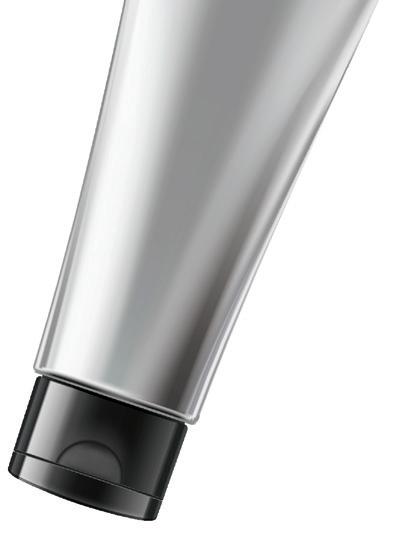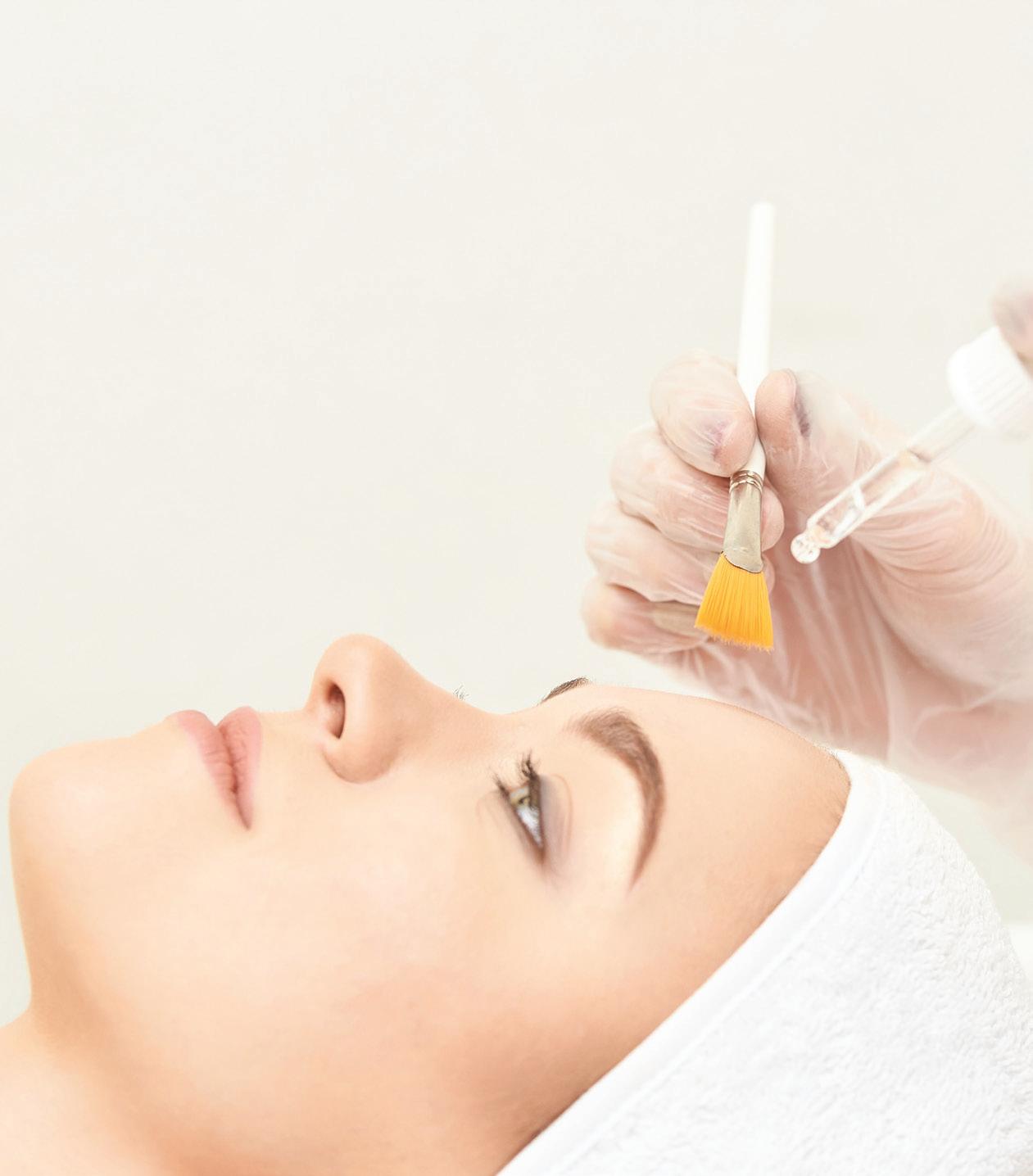
3 minute read
Considering A Chemical Peel?


Advertisement
Read This Fi s !
by Contributing Writer
Intentionally harming already damaged skin might seem illogical, but that’s exactly what a chemical peel does. The intent is to inflict just enough harm to trigger the body’s regenerative healing process. As damaged epidermal cells slough off, healthier, smoother skin takes their place.
PHENOL
TRICHLOROACETIC ACID Which Skin Conditions Can a Chemical Peel Treat?
Chemical peels are most commonly used to treat sun damage, acne, uneven skin pigmentation, dark spots and actinic keratoses - scaly, precancerous spots caused by sun exposure.
How Does a Chemical Peel Work?
Your skin is your body’s largest organ and bears the brunt of exposure to the outside world. Friction,
ultraviolet radiation, wind, dry
air and pollution accelerate skin damage, while acne can leave unsightly scarring in its wake.
Skin sheds constantly - in fact, approximately 1,000,000 epidermal cells slough off every day, and in a bit more than one month, your body’s entire outer layer of skin has renewed itself. Chemical peels exploit this process of epidermal turnover by causing intentional, localized damage to an area of skin affected by acne, sun damage or aging. The chemically-treated outer layers of skin are removed, and in their place, healthy new skin cells appear.
Types of Chemical Peels
The most commonly used substance is glycolic acid. Derived from sugarcane, it belongs to a class of acids called “fruit acids.” Glycolic acid is a relatively mild substance, which targets the superficial layers of the skin. Several applications may be required to achieve the desired outcome, and this type of peel may be insufficient for more severe dermatological problems.
Unlike glycolic acid, phenol peels work their way deep into the skin, and are so strong that a treatment takes only thirty minutes. Phenol generally yields excellent results - but the recovery time is long, peaking at one to two weeks after treatment and taking up to three months before the skin no longer appears damaged.

Trichloroacetic acid peels occupy a middle ground - neither as mild as glycolic acid nor as powerful as phenol. Trichloroacetic acid may be more effective than glycolic acid at reducing the appearance of fine lines, and the recovery time tends to be shorter than that of a phenolic peel.
Possible Side Effects
Chemical peels can be highly effective but are not without potential risks. Applying caustic acid to the skin leaves the treated area tender, red and sore. Some patients may experience infection or scarring.
Side effects are most pronounced after a phenol peel - at worst, the skin may ooze before scabbing over and progressing to a stage of healing which resembles sunburn. There is also the risk of permanent hypopigmentation - a distinct lightening of the skin.
Do the benefits of chemical peels - smoother, finer, younger looking skin, fewer fine lines and a reduction in sun damage, dark spots or acne scars - outweigh the potential side effects? Ultimately, that’s a question you have to answer for yourself. Chemical peels are a unique way to undo the visible signs of aging and environmental exposure. They aren’t without risk, but they often succeed where other treatments do not.

To ensure that a glycolic acid, phenol or trichloroacetic acid peel is right for you, always get evaluated and treated by a board-certified cosmetic dermatologist. They can tell you if your blemishes are serious or benign, if a chemical peel is a suitable procedure for your skin type and apply the peel at the correct strength and appropriate frequency.

GLYCOLIC ACID










